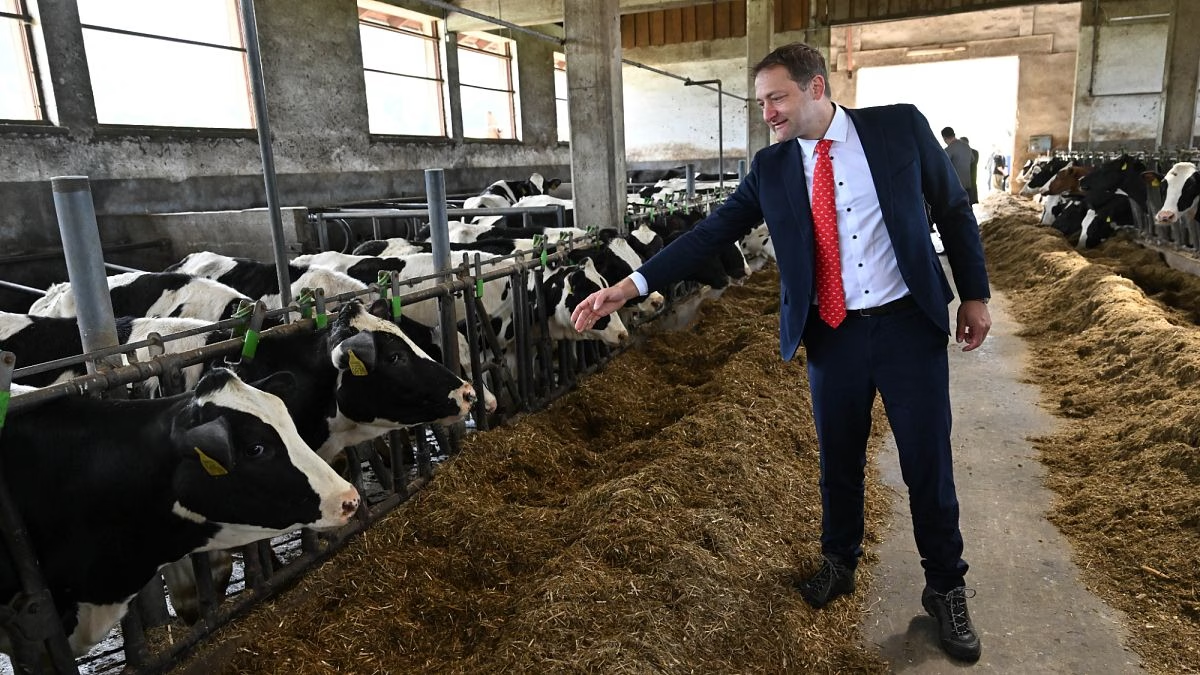<
div style=”–widget_related_list_trans: ‘Related’;”>
What the European Commission plans to announce today is just the first step in a comprehensive transformation that will fundamentally change the Common Agricultural Policy (CAP) at its core.
In a sense, the upcoming changes represent the culmination of reforms introduced in response to farmers’ protests, with the goal of simplifying and decreasing conditionality.
Now, these reforms are being further expanded.
Yet, EU Agriculture Commissioner Christophe Hansen faces significant challenges ahead, as these reforms are expected to be viewed as radical.
A key aspect of the transformation is an unprecedented degree of simplification: the CAP will be merged into a single fund — along with formerly separate funding sources such as Cohesion Policy or the EU’s fisheries subsidies — under a unified set of rules for distributing funds.
One of the most significant alterations is the elimination of the long-standing CAP structure, which has been organized around two pillars since the 1999 reform.
For those who favor a traditional approach to the CAP, this is a major setback.
Despite the clear rationale behind this restructuring — to simplify the EU’s policies for farming — the new framework for EU agricultural subsidies will become one of the most complex aspects of the upcoming EU budget.
Here are the five essential ideas driving this reform:
1. Evolution toward revolution
Since taking office, Commissioner Hansen has consistently stated that the new CAP would be an “evolution, not a revolution.” But the reality suggests otherwise.
The new structure — especially the shift to a single fund and the elimination of strong conditionality — has surprised many in the sector, given Hansen’s previously moderate position, which had the support of major stakeholders.
In reality, it’s a mix of both approaches.
The reform is indeed an evolution, building on last year’s simplification measures introduced in response to farmer protests.
Even the new delivery model, for example, closely mirrors the current system agreed upon in 2021, based on 27 national strategic plans.
However, these “evolutionary” elements have now developed into a full-scale revolution: a single fund, a single budget line, and minimal EU-level conditionality.
2. The ‘Great Merger’ is gentler on agriculture
A long-feared development has now become a reality: the merging of regional funds and agricultural subsidies.
Both CAP and Cohesion Policy, which account for two-thirds of the EU budget, will now be consolidated into a broader Single Fund.
For the agricultural sector, however, the effects will be relatively minor.
A safeguard mechanism ensures that a significant portion of the fund remains designated for agriculture, protecting it from the budgetary flexibility that will more significantly affect other areas like Cohesion Policy.
Despite the particular attention given to agriculture, the von der Leyen Commission’s push for a radical simplification of the program has proven irresistible.
3. Rural development remains (just not as a pillar)
Since 2000, the CAP has operated under a two-pillar system, separating direct payments (the so-called first pillar) from rural development projects (also known as the second pillar),
Source: https://www.euronews.com/my-europe/2025/07/16/5-key-ideas-behind-the-eu-commissions-new-farming-rulebook





